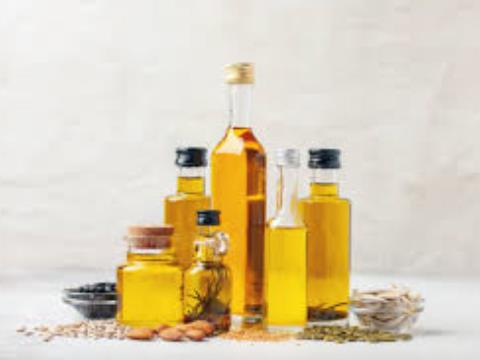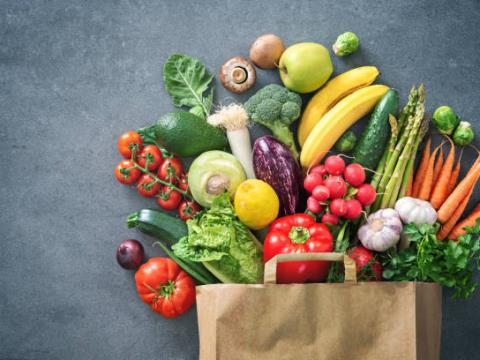Our Products
Product Categories
Services
Why Envirogreen Export

Always Fresh
We care about what you eatant to produce food which nshes.

100% Natural
We care about what you eatant to produce food which nshes.

Best Quality
We care about what you eatant to produce food which nshes.

Food safety
We care about what you eatant to produce food which nshes.
Envirogreen
Why Choose us
Professional Farmaers
Professional farmaers are there for you to pick the most amazing and fresh fruits.
Best Fresh Products
100% fresh fruits delivery guaranteed! We inspect every package prior to shipping.
Certifications
Exporting fresh fruit & vegetables requires high standards of food safety and quality.

Products Consulting
Independent consultancy for companies in the trade of fruit and vegetables.
Quality Assurance
We take quality seriously, we supervise & inspect the processing of every shipment.
Professional Exporting Team
We guarantee effective & comprehensive representation for your business.





